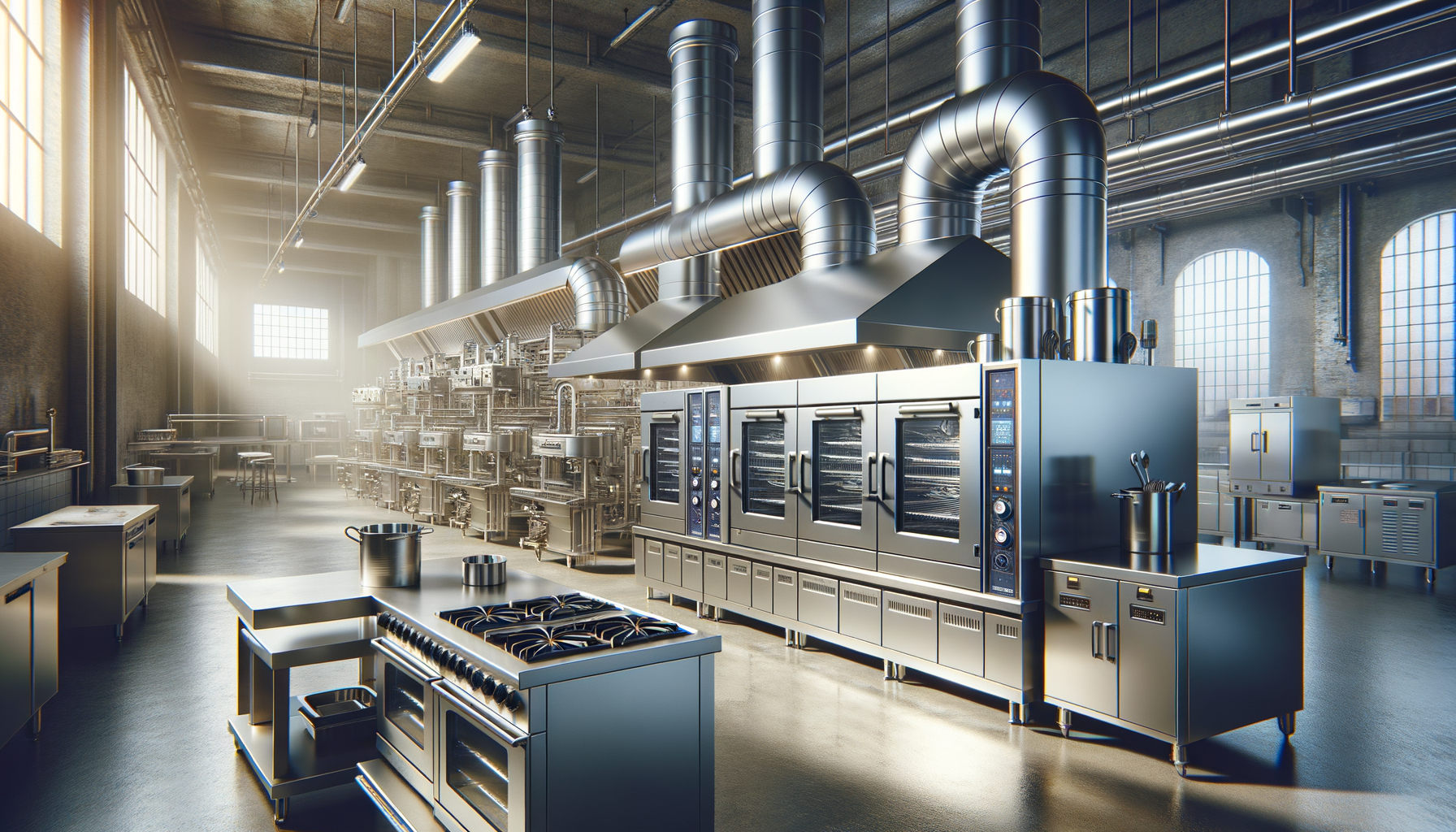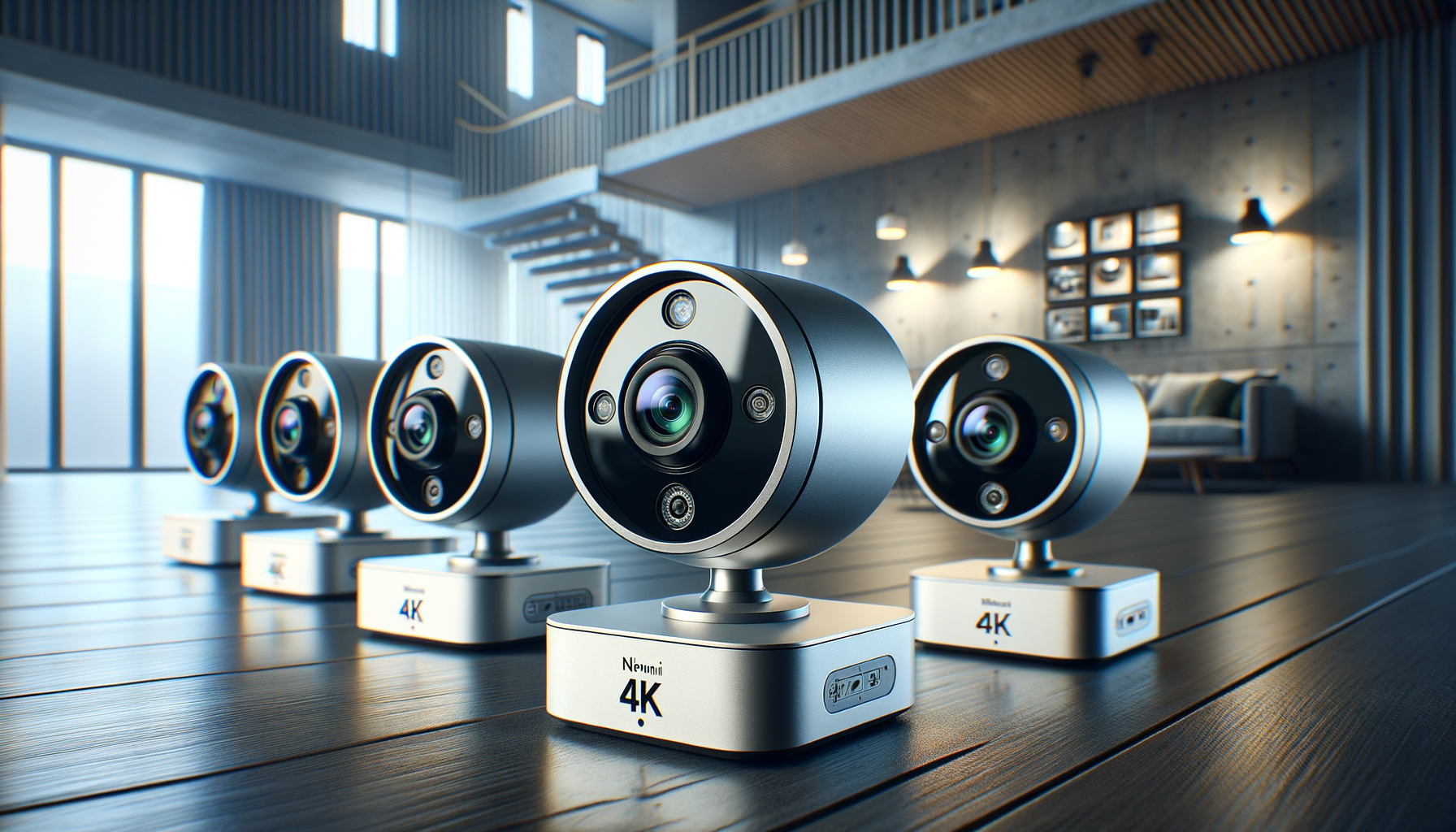Introduction to Industrial Machines in Food Operations
In the realm of industrial food operations, the role of high-performance machines cannot be overstated. These machines are essential for ensuring efficiency, precision, and consistency in large-scale food production environments. Among the most critical of these are steam and stove ovens, which have become central to the ecosystem of modern kitchens. These ovens are engineered to handle high-volume cooking with precision, making them indispensable in various settings such as catering facilities, institutional dining, and food production lines. Their integration with commercial-grade kitchen hoods further enhances their functionality by ensuring a safe and ventilated environment.
Commercial kitchen hoods play a vital role in maintaining air quality and temperature control, which are crucial for both safety and comfort. They help in reducing heat buildup and ensuring compliance with hygiene standards, thus supporting a productive and healthy kitchen environment. This article explores the integration of steam and stove ovens with advanced ventilation technology, highlighting their benefits and applications in industrial settings.
The Role of Steam Ovens in Industrial Kitchens
Steam ovens have revolutionized the way food is prepared in industrial kitchens. They offer a unique combination of moist heat and precision cooking, which is ideal for preserving nutrients and flavors in food. This is particularly important in large-scale operations where quality and consistency are paramount. Steam ovens are equipped with advanced controls that allow chefs to set specific cooking parameters, ensuring that each dish is cooked to perfection.
One of the key advantages of steam ovens is their ability to cook food quickly and evenly. This is achieved through the use of high-pressure steam, which penetrates food more effectively than dry heat. As a result, steam ovens are highly efficient, reducing cooking times and energy consumption. Additionally, they are versatile and can be used for a variety of cooking methods, including baking, roasting, and steaming.
- Preserves food nutrients and flavors
- Reduces cooking times and energy consumption
- Versatile for multiple cooking methods
In industrial settings, steam ovens are often paired with commercial kitchen hoods to ensure proper ventilation. This combination not only enhances the cooking process but also improves the overall kitchen environment by minimizing heat and odors.
Stove Ovens: A Staple in High-Output Kitchens
Stove ovens are a staple in high-output kitchens, known for their reliability and performance. These ovens are designed to handle the demands of industrial cooking, providing chefs with the tools they need to produce large quantities of food efficiently. Stove ovens are typically larger and more powerful than their residential counterparts, with features that cater to the needs of professional kitchens.
One of the standout features of stove ovens is their ability to maintain consistent temperatures, which is crucial for achieving uniform cooking results. They are equipped with robust heating elements and advanced temperature controls, allowing chefs to cook with precision. This is particularly important in settings where timing and consistency are critical, such as catering events and institutional dining.
- Reliable and high-performance
- Consistent temperature control for uniform cooking
- Ideal for large-scale food production
Stove ovens are often used in conjunction with commercial kitchen hoods to ensure a safe and efficient cooking environment. The hoods help in managing heat and smoke, creating a comfortable workspace for kitchen staff.
Importance of Commercial Kitchen Hoods
Commercial kitchen hoods are an essential component of any industrial kitchen setup. They play a critical role in maintaining air quality by removing smoke, heat, and odors generated during cooking. This is particularly important in high-output kitchens where multiple cooking processes occur simultaneously, leading to a buildup of heat and fumes.
Kitchen hoods are designed to capture and filter airborne particles, ensuring that the kitchen environment remains clean and safe. They are equipped with powerful fans and filtration systems that effectively remove contaminants from the air. This not only improves air quality but also enhances the overall kitchen experience by reducing the risk of heat-related illnesses and ensuring compliance with health and safety regulations.
- Maintains air quality by removing smoke and odors
- Reduces heat buildup for a comfortable workspace
- Ensures compliance with health and safety standards
The integration of kitchen hoods with steam and stove ovens creates a seamless and efficient cooking environment. This combination maximizes productivity while ensuring the safety and well-being of kitchen staff.
Conclusion: Enhancing Industrial Kitchen Efficiency
In conclusion, the integration of high-performance steam and stove ovens with commercial kitchen hoods is a game-changer for industrial food operations. These machines are engineered to deliver precision and efficiency, making them indispensable in high-output kitchens. The combination of advanced cooking technology and effective ventilation ensures a safe, productive, and hygienic environment, which is essential for maintaining quality and consistency in food production.
By investing in these integrated solutions, businesses can enhance their operational efficiency, reduce energy consumption, and improve the overall kitchen experience. Whether in catering facilities, institutional dining, or food production lines, the synergy between powerful oven systems and advanced ventilation technology is key to achieving success in the competitive world of industrial food operations.




Leave a Reply